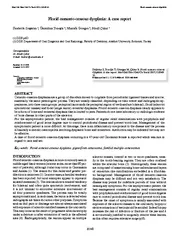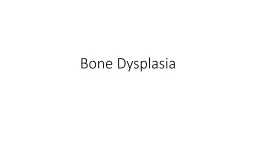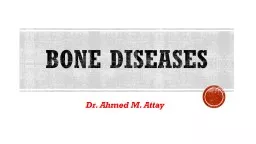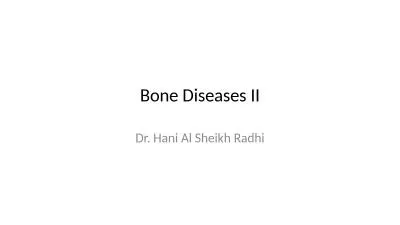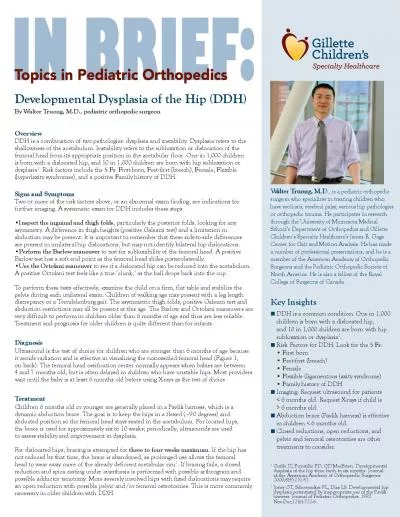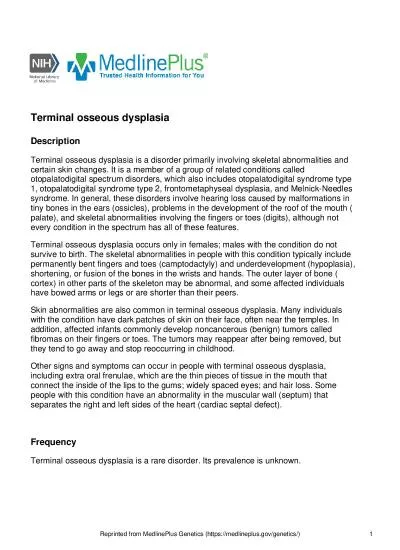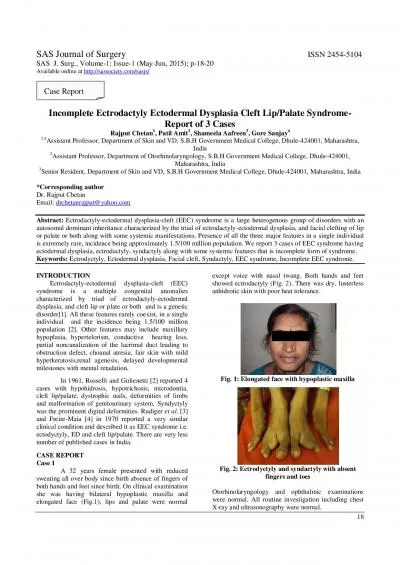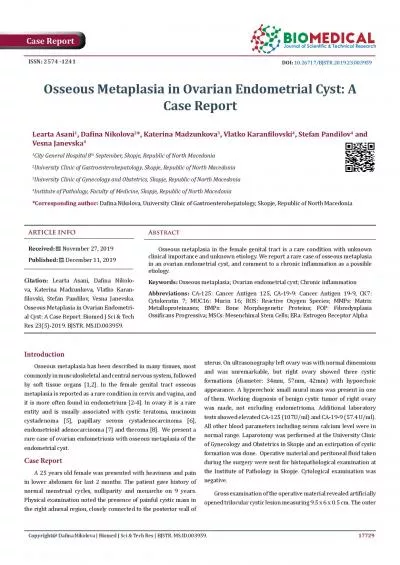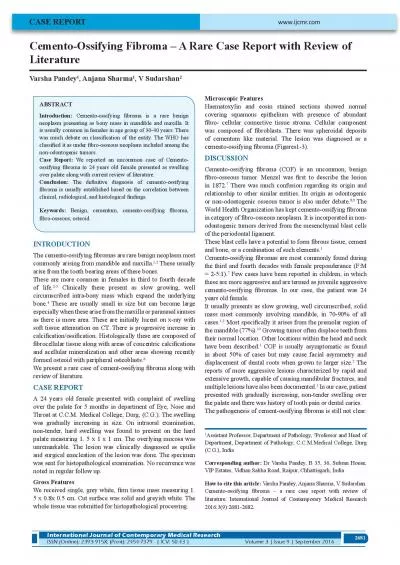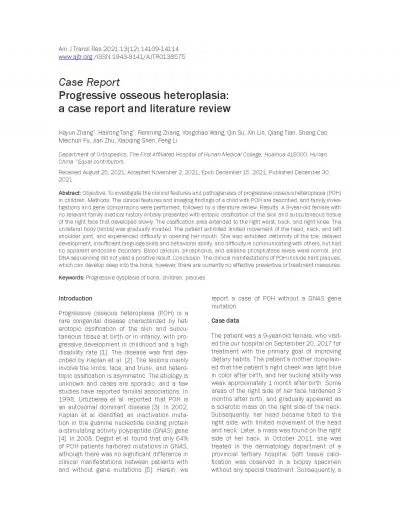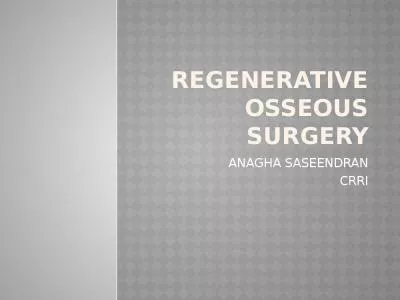PDF-Florid cemento osseous dysplasia a case report
Author : kittie-lecroy | Published Date : 2017-09-04
Med Oral Patol Oral Cir Bucal 2007 12E34850 Florid cementoosseous dysplasias Med Oral Patol Oral Cir Bucal 2007 12E34850 Florid cemento
Presentation Embed Code
Download Presentation
Download Presentation The PPT/PDF document "Florid cemento osseous dysplasia a case..." is the property of its rightful owner. Permission is granted to download and print the materials on this website for personal, non-commercial use only, and to display it on your personal computer provided you do not modify the materials and that you retain all copyright notices contained in the materials. By downloading content from our website, you accept the terms of this agreement.
Florid cemento osseous dysplasia a case report: Transcript
Download Rules Of Document
"Florid cemento osseous dysplasia a case report"The content belongs to its owner. You may download and print it for personal use, without modification, and keep all copyright notices. By downloading, you agree to these terms.
Related Documents

